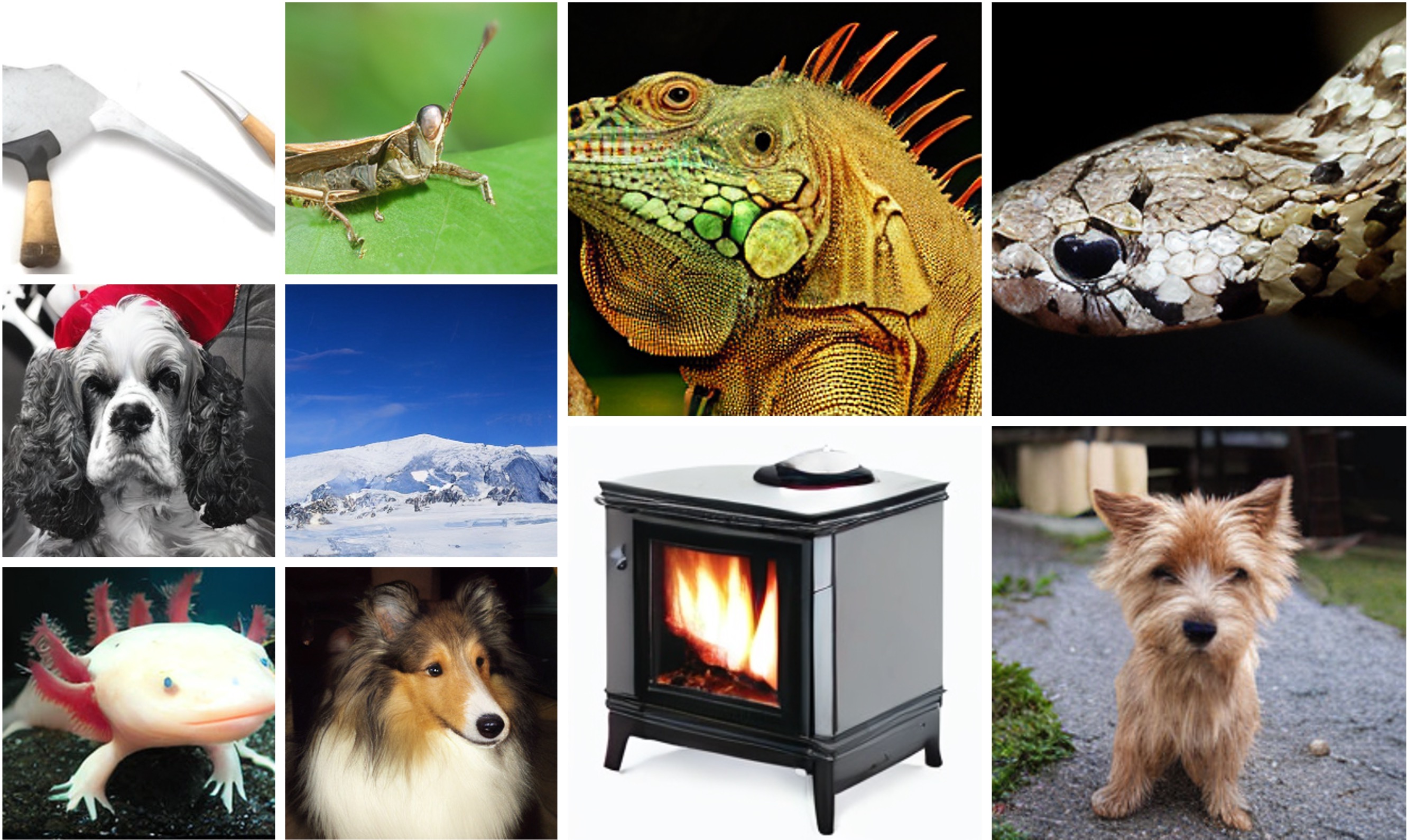Addressing Negative Transfer in Diffusion Models
Diffusion-based generative models have achieved remarkable success in various domains. It trains a shared model on denoising tasks that encompass different noise levels simultaneously, representing a form of multi-task learning (MTL). However, analyzing and improving diffusion models from an MTL perspective remains under-explored. In particular, MTL can sometimes lead to the well-known phenomenon of negative transfer, which results in the performance degradation of certain tasks due to conflicts between tasks. In this paper, we first aim to analyze diffusion training from an MTL standpoint, presenting two key observations: (O1) the task affinity between denoising tasks diminishes as the gap between noise levels widens, and (O2) negative transfer can arise even in diffusion training. Building upon these observations, we aim to enhance diffusion training by mitigating negative transfer. To achieve this, we propose leveraging existing MTL methods, but the presence of a huge number of denoising tasks makes this computationally expensive to calculate the necessary per-task loss or gradient. To address this challenge, we propose clustering the denoising tasks into small task clusters and applying MTL methods to them. Specifically, based on (O2), we employ interval clustering to enforce temporal proximity among denoising tasks within clusters. We show that interval clustering can be solved using dynamic programming, utilizing signal-to-noise ratio, timestep, and task affinity for clustering objectives. Through this, our approach addresses the issue of negative transfer in diffusion models by allowing for efficient computation of MTL methods. We validate the efficacy of proposed clustering and its integration with MTL methods through various experiments, demonstrating 1) improved generation quality and 2) faster training convergence of diffusion models.
PDF Abstract NeurIPS 2023 PDF NeurIPS 2023 Abstract




 ImageNet
ImageNet
 FFHQ
FFHQ
 CelebA-HQ
CelebA-HQ